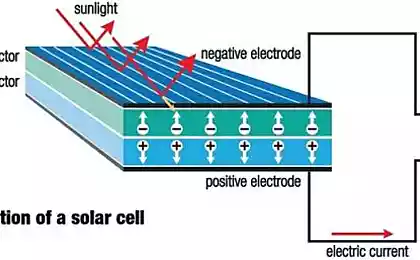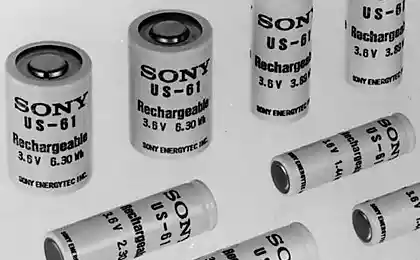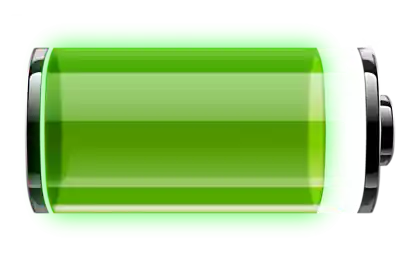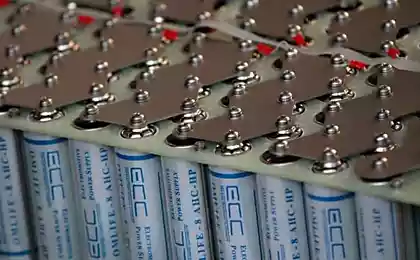491
Design a lithium ion battery will help to increase the mileage of electric cars

A team of engineers from the Stanford school of engineering has recently announced a breakthrough in improving the design of a lithium-ion battery, which is expected to lead to more stable operation of batteries in electric vehicles. Based on the design of a honeycomb, the engineers were able to solve the problem of formation of dendrites on the electrodes of the battery, which contribute to the leakage of ions, which reduces the battery's efficiency and ultimately may lead to fire.
The result of the work of engineers is a rechargeable lithium-ion battery, capacity which is enough to cover the distance of 300 miles (482 kilometers), which will reduce the cost of electric cars to 25 thousand dollars.
The problem with existing lithium-ion batteries are well known: the lithium contained in the battery electrolyte expands during charging, after several cycles of charging/discharging leads to irregularities on the surface of the anode. Lithium ions, which are attracted to the anode of the battery, stuck in gaps, uneven surface and create a fibrous mass known as dendrites. Tiny dendrite fibers extend between the cathode and anode and may lead to a short circuit.
Engineers from Stanford have solved the problem by coating the lithium anode a thin honeycomb layer of carbon nanospheres. The coating thickness is only 20 nm, but its production required 5000 layers of carbon. This coating provides smoothness of the surface of the lithium anode during expansion and compression, according to tests, helps to preserve the efficiency of the battery at 90% after 150 cycles of charge/discharge.
Despite the fact that the new design of the lithium-ion battery really is a technological breakthrough, it is not yet ready for release to the market. Engineers believe that commercial lithium-ion battery for electric vehicles must have an efficiency of 99.9 per cent, so at present, the use of a graphite and silicon anodes for batteries are still more preferable. Previous experimental models of the lithium anode after the first cycle reached 99.6 percent efficiency, but quickly their efficiency was reduced to 50 percent or less.
Compared to them, the new lithium-ion battery with honeycomb-like carbon coating has a great potential for further development, and engineers are now going to experiment with the composition of the electrolyte.
Source: www.cheburek.net























